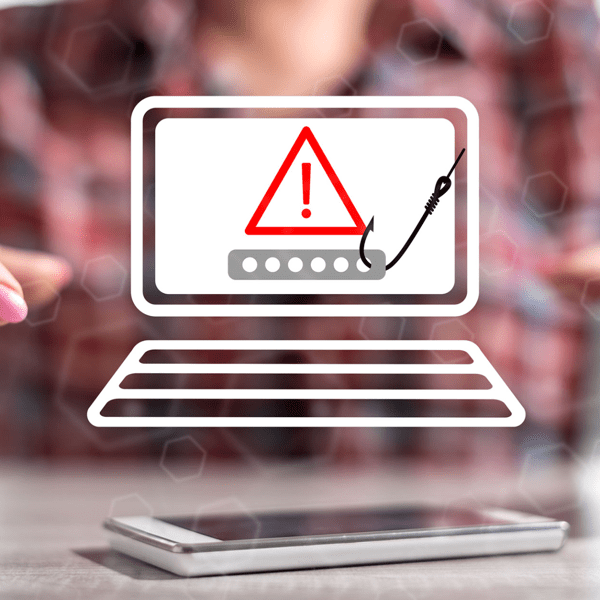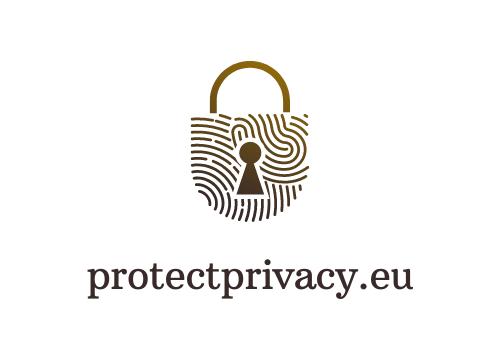Phishing 2.0: The New Techniques Cybercriminals Are Using and How to Spot Them

Cybercriminals are constantly evolving their tactics to stay one step ahead. As we fortify our defenses against traditional phishing, a new wave, dubbed “Phishing 2.0,” emerges, bringing with it more sophisticated and targeted threats.
1. The Landscape of Phishing 2.0
Phishing 2.0 is not just about deceptive emails anymore. It is a multifaceted approach that leverages various platforms and techniques to exploit human psychology and technological vulnerabilities.
- Deepfakes in Phishing: With advancements in AI, cybercriminals can now create hyper-realistic video and audio deepfakes. Imagine receiving a video call from your CEO asking for an urgent fund transfer – only it is not them.
- Social Media Phishing: Platforms like Facebook, Twitter, and LinkedIn have become hotspots for phishing attacks. Cybercriminals often impersonate friends or colleagues to gain trust and extract information.
2. Advanced Phishing Techniques
- Watering Hole Attacks: Instead of targeting individuals, attackers compromise websites that their targets frequently visit. Once a user visits the compromised site, malware is discreetly installed on their device.
- Session Hijacking: Here, attackers exploit a valid computer session to gain unauthorized access to an information system. They might intercept or steal a session cookie to impersonate a user.
- Rogue Mobile Apps: Fake applications, often mimicking legitimate ones, are created to steal data directly from mobile devices.
3. Strengthening Your Defenses
- Regularly Update Software: Ensure all software, especially your operating system and browsers, are up-to-date. Cybercriminals often exploit known vulnerabilities in outdated software.
- Educate and Train: Regular training sessions for employees can help them recognize and report suspicious activities. Real-world simulation tests can also be beneficial.
- Implement Advanced Threat Protection: Solutions like sandboxing can detect and block sophisticated phishing threats before they reach the end-user.
See Also: The Psychology Of Cybercriminals: Unraveling The Minds Behind The Digital Masks
4. The Human Element
While technology plays a significant role, humans are often the weakest link in cybersecurity. Building a culture of security awareness is paramount. Encourage practices like:
- Double-checking: Before acting on any unusual request, verify its authenticity through a separate communication channel.
- Being cautious with personal information: Limit the amount of personal information shared online, as cybercriminals can use this data for targeted attacks.
Conclusion
Phishing 2.0 underscores the importance of adaptability in the realm of cybersecurity. As threats evolve, so must our strategies to counter them. By staying informed, vigilant, and proactive, we can safeguard our digital assets in this ever-changing landscape.








